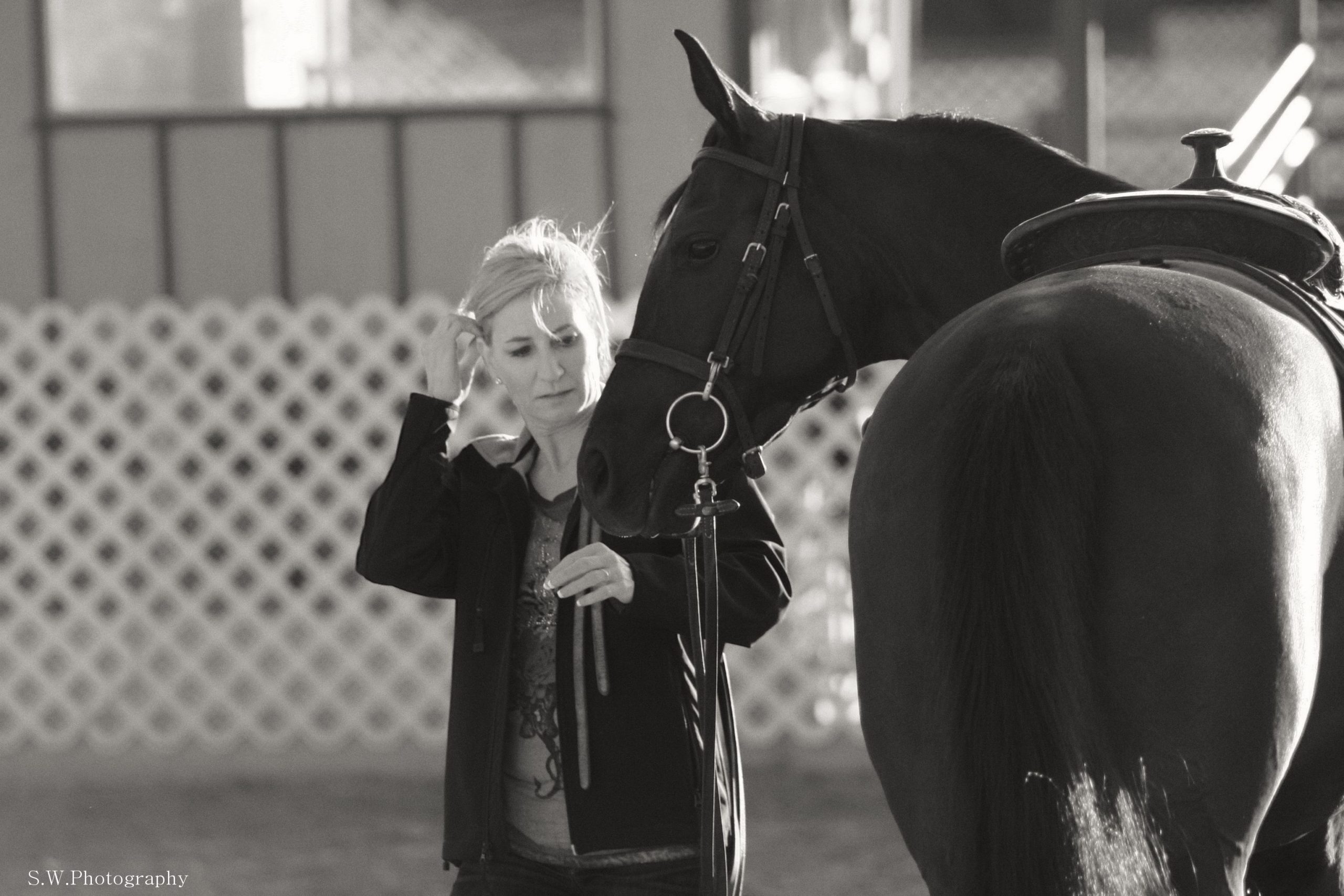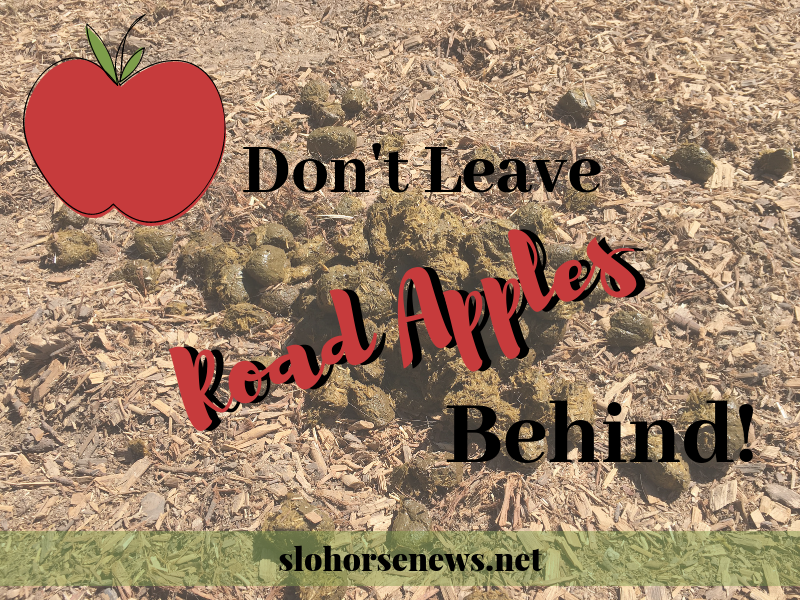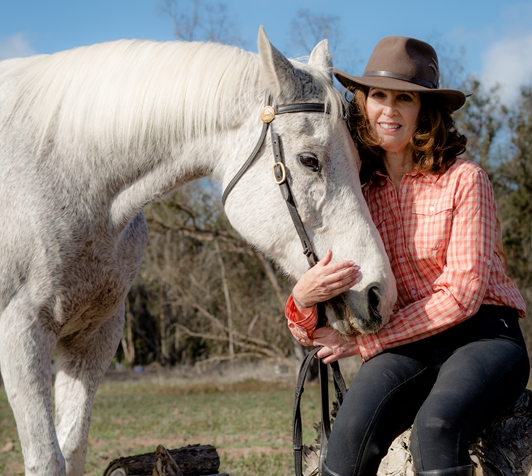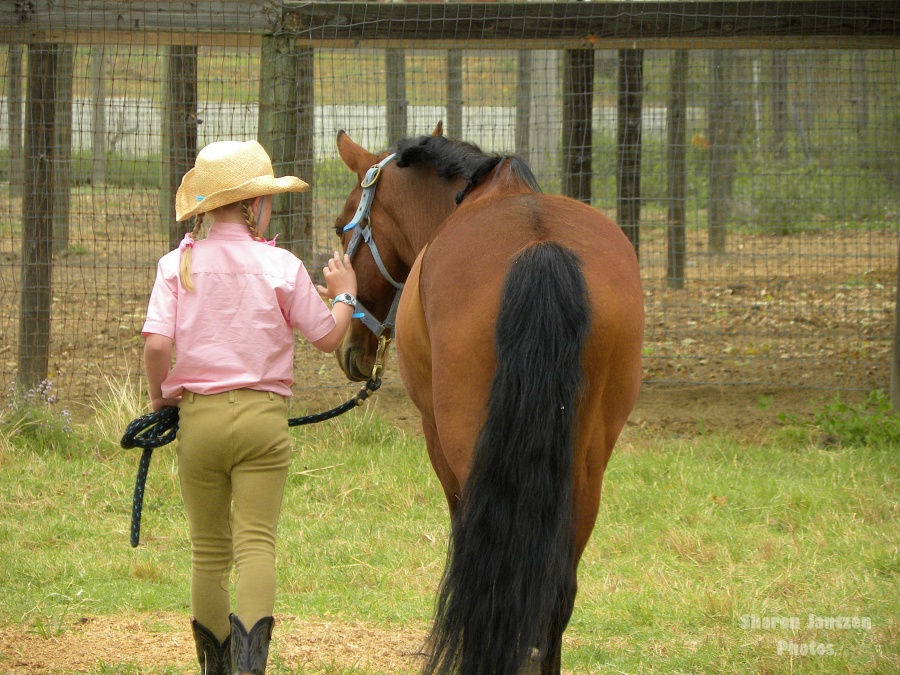Okay, a little disclaimer before we begin…this article isn’t meant to turn you from a beginner rider into Tyson Randle or Beezie Madden with a few simple tricks, but it is a helpful jumping off point to get you more attuned to what it takes to become a better rider. Success in the saddle isn’t about winning ribbons or medals, or being the “best” rider among your trail buddies; success in the saddle is a very personal thing, and it basically means that you are able to handle situations as they arise, take appropriate steps to correct mistakes as they happen, and that you are comfortable in your abilities. Seems simple, right? Well, in a lot of ways, it is, but it takes patience, dedication and a certain sense of diplomatic understanding to get there. Here are a few things to get you going in the right direction.
Better Riding Doesn’t Happen Overnight
I’m sure you’re thinking “Oh, it’s going to be one of those articles; philosophy rather than actual techniques that I can employ”…and you’re partially right, but bear with me. As a horseman, the first and biggest obstacle that most of us face is the realization that being a good rider is a lot more difficult than it appears. The people who are “really good” make it look easy, so those young riders or people who are just starting out often get a false sense that time doesn’t play that important of a role in becoming successful. The problem with this is that it leads to frustration, and frustration leads to poor decisions. When you’re atop your horse and things aren’t going in the direction that you think they should be going, it’s natural to feel frustration creeping in, but if you can master the art of pushing back this feeling and focusing on the task at hand you will be able to avoid countless unnecessary “arguments” with your horse and you will be able to maintain your own confidence level; the best way to do this is to keep reminding yourself that “it doesn’t happen overnight”.
Even your equestrian idols were beginners at some point.
Set Achievable Goals and Work Toward Them With a Routine
One of the things that I see most as a stumbling block for young riders or those who are just starting out is that they are often confused with “what to do next”. I get asked all the time, “How do I continue to improve when I don’t have a trainer telling me what to do every time I ride?” This is something that plagues us all from time to time, even riders who have been in the saddle for years…what things do I work on, how often do I work on them, how do I keep from simply doing the same thing over and over again? The trick is to set some achievable goals for yourself and work toward them, and have a plan while you’re doing it. So, if your goal is to get your young horse out of the arena and start going on some trail rides, don’t make your goal to load up next weekend and go on a 25 mile ride on the nose-bleed trail, instead set a 30 day goal to begin exposing your horse to things outside of the arena and have him listening to you; work on it a little bit every day. This week you might just begin by working in the arena and then cooling out with a little hack around the perimeter of your property. Next week you might start spending a little more time outside of the arena and extending the distance that you ride…maybe even off the property or over some little obstacles, like ground poles or fallen tree branches. By the end of the month, you might be ready to trailer out with a friend and go on a short little one our ride. By having a plan and working toward that plan a little bit every day, and setting achievable goals for yourself, you will build both your confidence and your horse’s confidence.
Avoid Arguments with Your Horse
This is probably the biggest and most important thing that we can do in the saddle to have a better relationship with our horse, and in turn to be a more comfortable and successful rider. All too often, I see riders who spend the majority of their time “picking on” their horses; they, for instance, ask for their horse to come into the bridle, and when he doesn’t do it perfectly and immediately, they pick, pick, pick, until you can see the frustration oozing from every pore. There is a difference between correcting a behavior and getting into an argument with your horse…one works and the other causes more problems. Eventually, the thing that required a simple correction in the first place will cause a cascade effect of disintegrating behaviors until your horse is tense and frustrated and you have all but forgotten the thing that initially set you on a path of having a bad ride. So, the best way to avoid getting into an argument in the saddle is to remember to keep a clear head, practice redirection (if your horse is spooking and losing his headset in a certain corner of the arena, instead of tensing up and fighting with him every time you get to that spot, try doing some circles or figure eights, try changing directions, etc.), remember that no horse (or person for that matter) is perfect all the time, and end on a good note.
Just as we have to learn to compromise with the people in our lives at times, so too must we learn to compromise with our horse – remain calm, collected and diplomatic in the face of an obstacle, and then “think” your way through it instead of “muscling” your way through it.
In the end, if you are able to adopt the mindset that becoming good at something takes time, which means that you need to set achievable goals with a clear cut plan, and that while you’re working that plan you need to avoid any unnecessary arguments, I can almost guarantee that in no time at all you will be a more successful rider…and your horse will thank you for it as much as you thank yourself.




